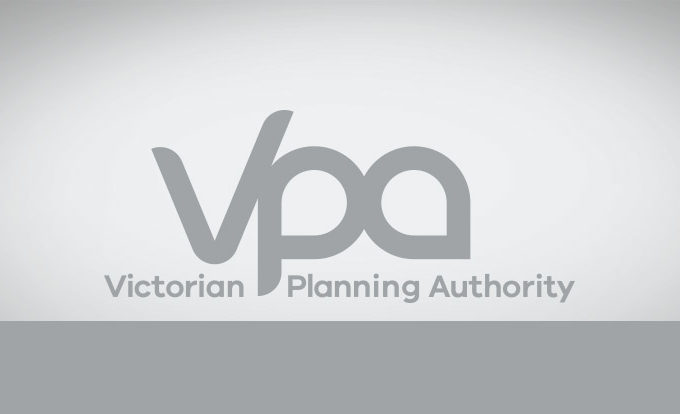
26/06/2017
Why the census is so important
Christmas has come early for VPA research team members David Lees, Justin Malkiewicz, Frank Hanson and Matthew Chan.
Tomorrow, the Australian Bureau of Statistics will release a host of 2016 census data, including Australian residents’ incomes, household types and countries of birth.
And like young children on Christmas Eve, the VPA research team is chomping at the bit to unwrap all these demographic goodies.
Urban Economist Justin Malkiewicz explains why census data is so crucial to the VPA’s work.
“The ABS census data ensures our land use planning reflects community demographics and needs,” Justin says. “We refer to these statistics when creating our plans for town centres, job hubs and housing densities,” Justin says.
“The census is also useful in examining the State Government’s policy initiatives. How can we adapt our plans to better serve the community’s needs?”
Some of these statistics could inform the VPA’s plans for 17 new communities by 2018, providing planners with fresh evidence on which to base their work.
Research Analyst David Lees says he is most looking forward to analysing how Victorian households have changed since 2011.
“The ABS generally has a reasonable idea of the population of various areas,” David says. “But it’s the details of the population – their cultural background, what they do for work, whether they are studying – that we will find out for the first time since 2011.”
He says it will be especially useful to have an understanding of who is living in Melbourne’s booming apartment market.
“Are they traditional families, older people or couples?” David says. “And are these people renting or buying?”
David explains that all of this information will help government agencies and councils plan for land use zonings and the provision of infrastructure and services. This includes planning for new hospitals, open space, childcare facilities and schools.
Senior Urban Analytics Planner Matthew Chan and Principal Urban Designer Frank Hanson say that when it comes to planning for the growth of Melbourne’s inner areas, developers and government agencies often have to get creative.
They say that with finite land available in Melbourne’s inner areas, initiatives such as vertical schools and community gardens will become more common.
Justin Malkiewicz says he is also keenly anticipating the release of the jobs’ data in October, when we will find out where Victorians are working and how far they travel to work.
“Seeing the flow of jobs to the central city and our suburban job clusters will be especially relevant to the VPA,” he says.
Indeed, one key outcome of Plan Melbourne involves diversifying the location of Melbourne’s workforce and encouraging jobs growth outside across the wider metropolitan area. By providing employment closer to people’s homes, it would reduce pressure on our roads and public transport system and give people back precious leisure time.
To help achieve this aim, the VPA’s urban renewal agenda involves planning for the growth of Melbourne’s suburban job hubs and strategic areas identified for change.
The VPA will also take a close look at data relating to Victoria’s diverse regional towns and cities, to help inform Plan Melbourne’s outcome for sustainable jobs and economic growth in Victoria’s regions. The Victorian Government’s eight regional growth plans will play a vital role in helping achieve this outcome.
In regards to what makes the census data unique, Frank Hanson says that while other sources – such as airport arrivals and Medicare figures – can provide an indication of trends, the census is more reliable.
“We already have projections from government agencies and councils based on current trends, but the census data really puts all these various strands of information ‘in check’,” he says.
“This is reliable data coming directly from the people and it provides a solid grounding for future planning.”
